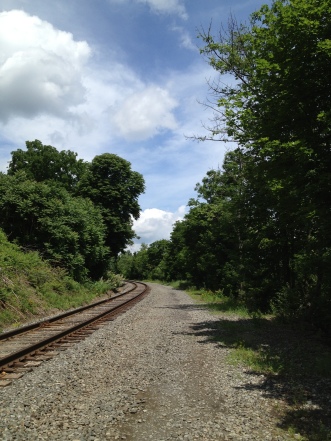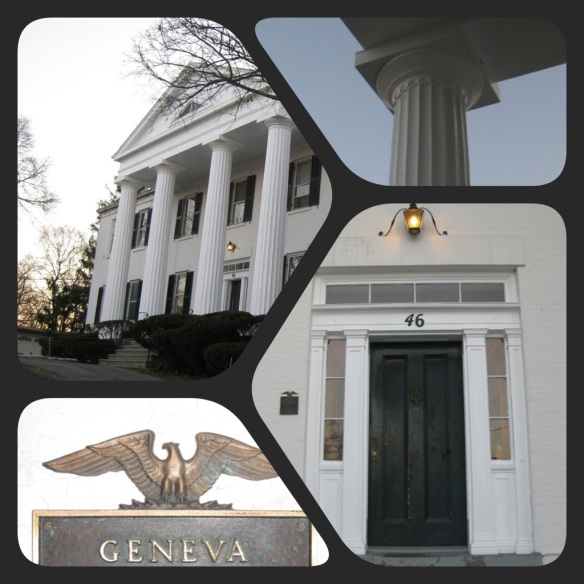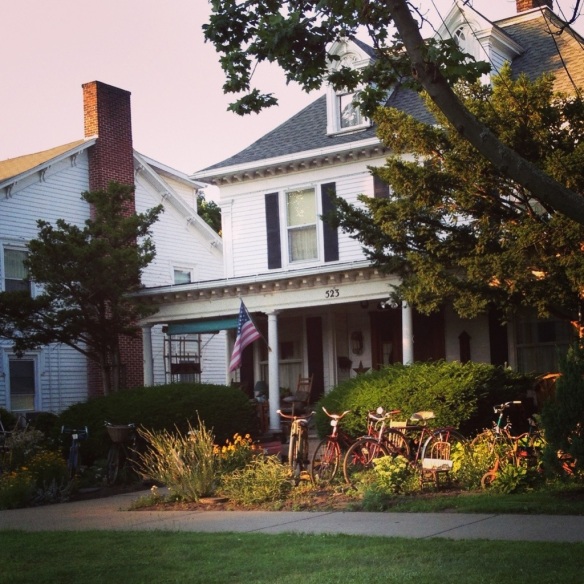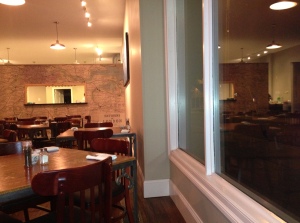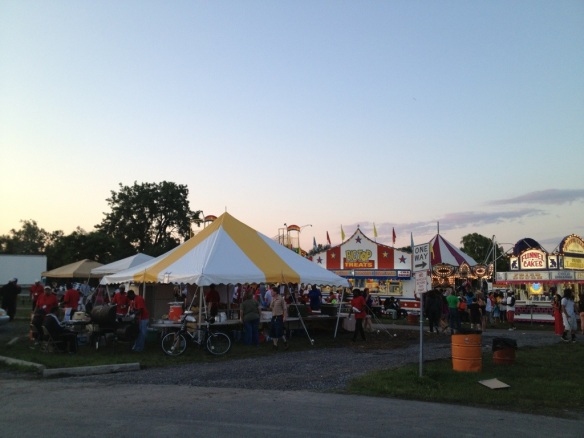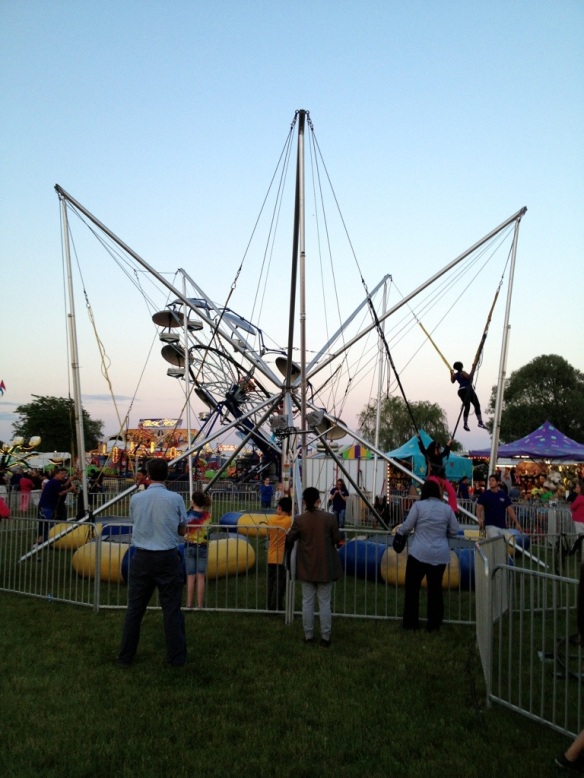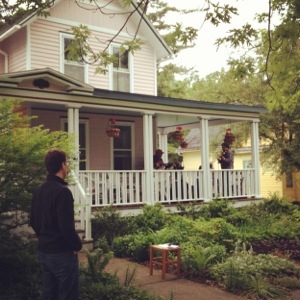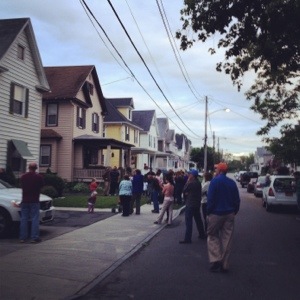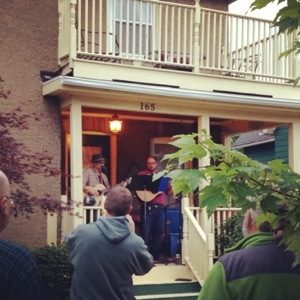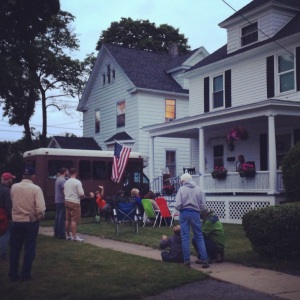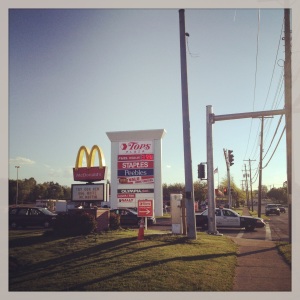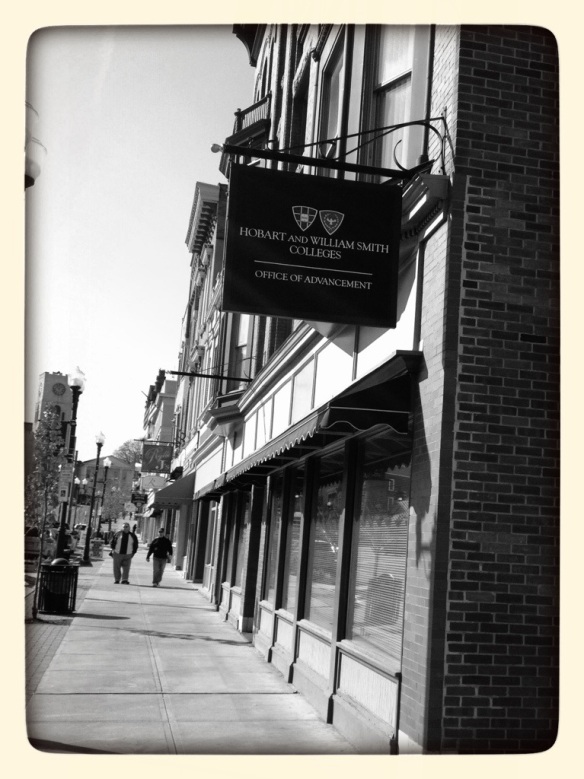For anyone interested in cities, Portland, Oregon, is the model to follow. The Pearl District is world-famous for its redevelopment of old warehouses into a funky downtown neighbourhood. The city boasts legendary coffee, hip hotels and even a tv show called Portlandia. There is free transit downtown and a gondola to one of the universities. Portland is home to real estate agents that specialize in finding homes for people who cycle and don’t own cars. There are food trucks, community gardens, green buildings, tent cities, neighborhood repair projects and on and on. In short, it’s a hub of city-building innovation.
Can we simply import these ideas to Geneva and hope that they take root? If we build community gardens and hip coffee shops will young people flock to our region and help us to rebuild our economy? I wish it was that easy.
The foundation of Portland’s success is the urban growth boundary (UGB), which was established by state legislation in the 1970s at the behest of a coalition of environmentally-minded local citizens and politicians. The UGB acts like a container for urban sprawl, prohibiting the region from developing farmland and growing ever-outward. The effect of the UBG on real estate is that the value of land inside the boundary increases significantly. Redeveloping unused sites within the city, building houses on smaller lots, or infilling vacant land become more economically viable options when land is scarce. Without a UGB, land on the urban fringe is often the cheapest option for building new homes and so the housing market typically moves outward instead.
As a result of increasing the density within the existing footprint of the region, Portland has been creating a more walkable and pedestrian oriented built environment. It is the dense, walkable built environment that creates opportunities for new businesses, community groups or ways of living to flourish. In short, the growth boundary set the stage by limiting the options for car-oriented, mall-based living.
Obviously, this is an oversimplification on my part. It’s not just about density and walkability. But those are key pieces of the equation. Any city that wants to embrace and build a uniquely urban community needs to reverse the economic incentives for sprawl and figure out how to encourage more people to get out of their cars.

